Aeroponics has been put forward by NASA as one of the greatest ecological solution for the future of agriculture and food security. We feel blessed to be experimenting a technic with such high potentials.
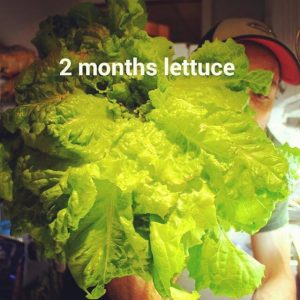
In 2005, I was sitting in a Hubert Reeves conference in which he was asking: “What are we going to eat tomorrow?” In the last decade, issues like the loss of arable lands, desertification, food transportation and water pollution are a painful reality-check about our consumption wasteful ways.
Solutions come in many forms mostly by looking at ways to do more by using less, reusing more and wasting less. Aeroponics and vertical farming have been developed in this exact context.
Aeroponic vertical farming advantages
In the 1990’s, NASA researches proved High Pressure Aeroponics (HPA) was the most water and nutrient efficient growing technic that can sustain any types of plants, even trees. Since then, no better technic has been developed, it has only been improved with better yields and better results.
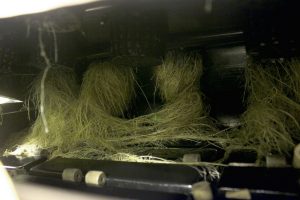
HPA is achieved with a high pressure pump (80-110 psi) and misting nozzles that gently give nutrient solutions to plants’ roots through an ideal of 50 microns droplets. It is a delicate technic that can easily go wrong but when done well, the results are uncomparable to other horticultural methods.
- Because nutrients are easily available, plants spend less energy on their root systems so they grow faster, are healthier and produce more yields
- “Aeroponics systems can reduce water usage by 98%, fertilizer usage by 60%, and pesticide usage by 100%” – NASA, 2007
- Vertical farming uses about 1/10 of the conventional agricultural space, therefore it releases pressure on lands and natural habitats
- Urban farming reduces food transportation as it is set up close to population density
A story that inspires
We see more and more urban, vertical and/or hydroponic projects rising in the USA, Canada, Japan and Europe. But the one company that is a true inspiration for us is AeroFarms in New Jersey.
Starting in 2004, they now successfully operate 9 aeroponic vertical farms, one of which is the largest indoor farm in the world. They compete with a highly subsidized agriculture and produce 390 times more per acre than field farming.
Our aeroponic journey so far
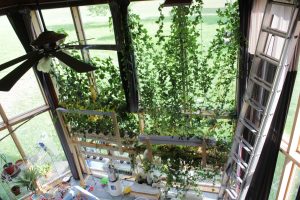
We have been experimenting low pressure aeroponics since two years. Before that I was an amateur gardener trying out aquaponics with mixed results. JF is the true master grower with 19 years of hydroponic experience. When we started in our 14 feet high solarium, aeroponics was JF’s last hydroponic frontier.
Since then, we cannot imagine going back as aeroponics is the only obvious choice for us. We are still mezmerized everyday by how fast our plants grow and how healthy they are. Last year, we had fun eating wild blackberries indoor with branches growing 17 feet in one winter. Also, we harvested more than 400 espelette peppers on 3 plants.
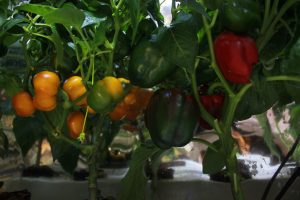
In our current setup, we are harvesting raddishes in 3 weeks, iceberg lettuces in 4-6 weeks and peppers since the plants were 2 months old.
We have achieved great results with only low pressure systems and now we cannot wait to try high pressure. We are soon expecting delivery on an Aquatec 8800 pump that will make it possible. So stay tuned for the next season HPA setup.

Update 08/04/2018: We have just received our Aquatec 8800 Booster pump for High Pressure Aeroponics. JF is already making a mess while doing testings and we are very exciting to share results very soon.
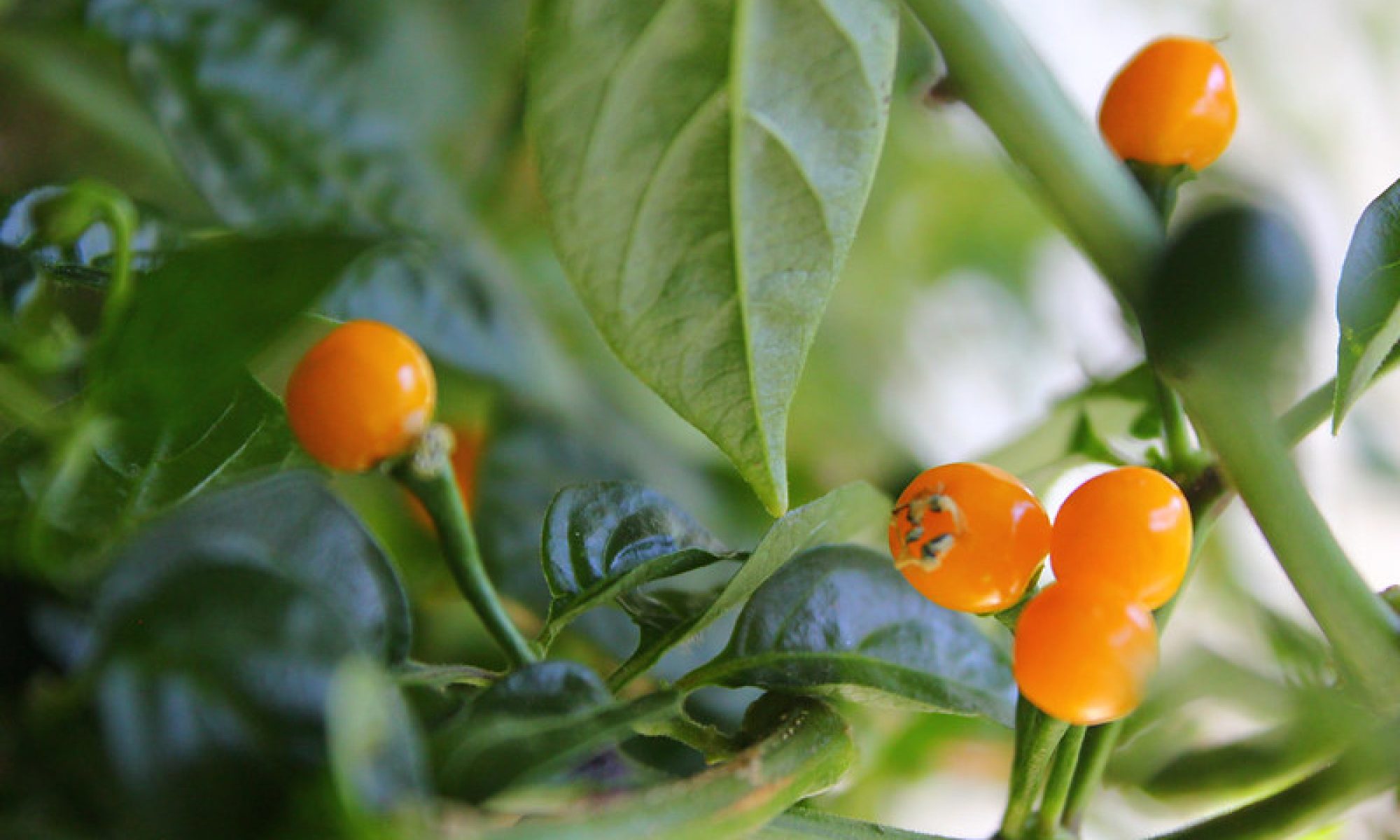

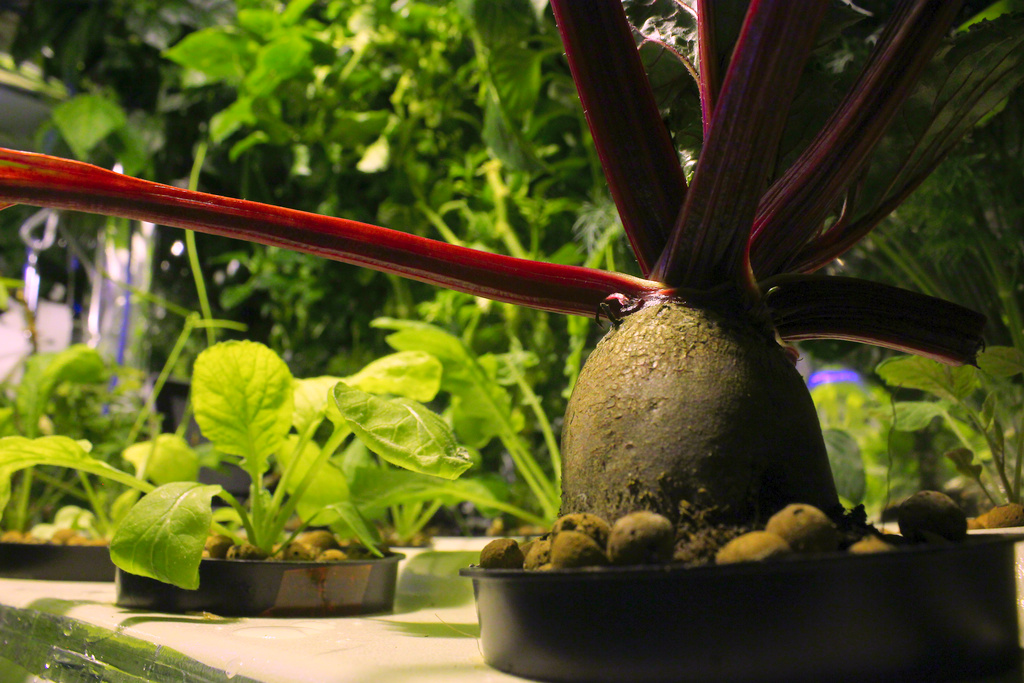
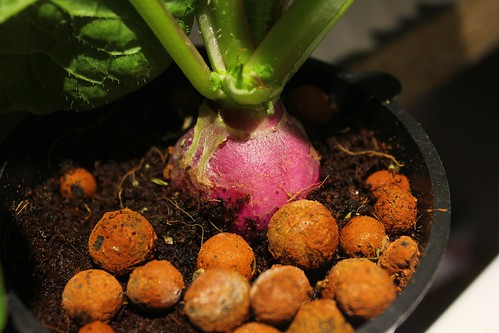
Great going. Aeroponics is really very efficient. Any nutrient recipes that you would like to share for fruiting crops?
Hi Tushar and thank you for leaving a comment. We actually use canadian company Advanced Nutrients. Our main source of food is the Mother Earth Super Tea Bloom but right now it is becoming difficult to find because the company is holding production while waiting for organic certification. In the future we would like to try making our own compost tea. We also add a little bit of Sensi Bloom, Sensi Cal Mag+, Nirvana, Sensizym, Ancient Earth, B-52, Carboload and Microbial Munch. During growing period we also put Voodoo, Tarantula and Pirhanna. PH is kept between 5.7 and 6.3.
Hi JF. I am a hobby grower in Salluit, Nunavik. I received your coordinates from the St-Laurent Que Pousse.
I am responsible for the Biofood file for the Kativik Regional Government, and in the survey I did in my community berries are by far the most popular fruit (strawberries, blueberries, crowberries and chicoutai).
I would like to do a small trial inside my own house with hydroonic strawberries. Do you have any advice? and access to root stock?
Thanks in advance,
Steve Grasser
tel. 819-255-8926 x. 223